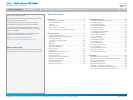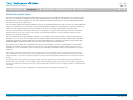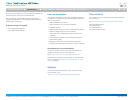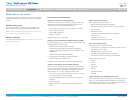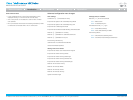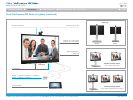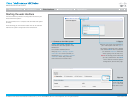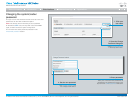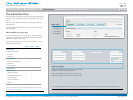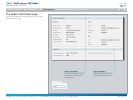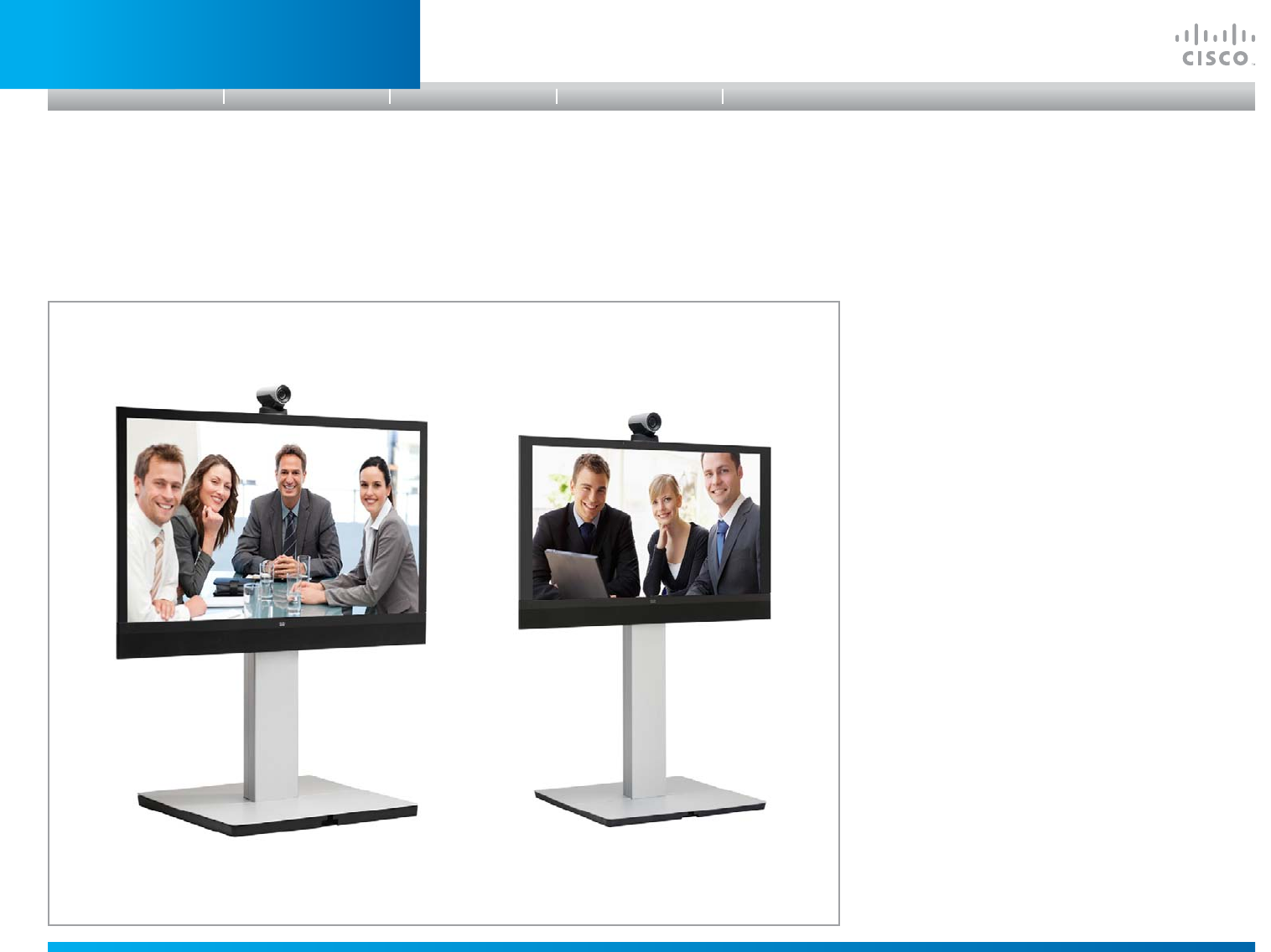
D14850.02 MX Series Administrator Guide (TC5.0) | 2011 NOVEMBER | © 2011 Cisco Systems, Inc. All rights reserved. www.cisco.com
8
Cisco TelePresence MX Series
ADMINISTRATOR GUIDE
The Cisco TelePresence® MX Series makes telepresence
more accessible to teams everywhere with ready-to-use
simplicity and high quality. This highly integrated telepresence
system is easy to install, so you can quickly transform any
meeting space into a video-enabled team room. Whether
you are just getting started with video communications
or implementing a large-scale deployment, the Cisco
TelePresence MX Series delivers high quality performance in a
simple and intuitive way.
The systems are easy to install – one piece plus floor
stand, table stand (MX200 only), or wall mount brackets
(VESA mount).
The systems are self-configuring with Cisco Unified
Communications Manager (UCM), Cisco TelePresence
Video Communication Server (VCS), or Cisco Callway
provisioning. All you need is to authenticate your endpoint
to the network.
PrecisionHD camera with pan, tilt, and 4x optical zoom
helps ensure optimal framing and video clarity.
Dedicated camera presets provide flexibility and easy
viewing for any meeting scenario.
The 8-inch Touch interface offers simple control.
Simple one-button-to-push calling integrates with
common calendar programs.
Video resolutions of 1080p30 and 720p60 bring
telepresence experience to any meeting room or office.
The high-quality 42-inch (MX200) and 55-inch (MX300)
displays with 1920 x 1080 resolution enable clear images.
You can easily connect and share your PC content at
WXGA and 720p30 resolution and frame rate.
The systems support H.323 and Session Initiation Protocol
(SIP) with bandwidth up to 6 Mbps point-to-point.
Two front speakers provide superior audio quality.
The systems are standards-based.
Capabilities for large conferences and transparent
escalation from point-to-point to multipoint calls using the
Cisco TelePresence Multiway™ technology.
MX300 MX200
Introduction
Table of contents
Web interface
Advanced settings
Appendices
Introduction




